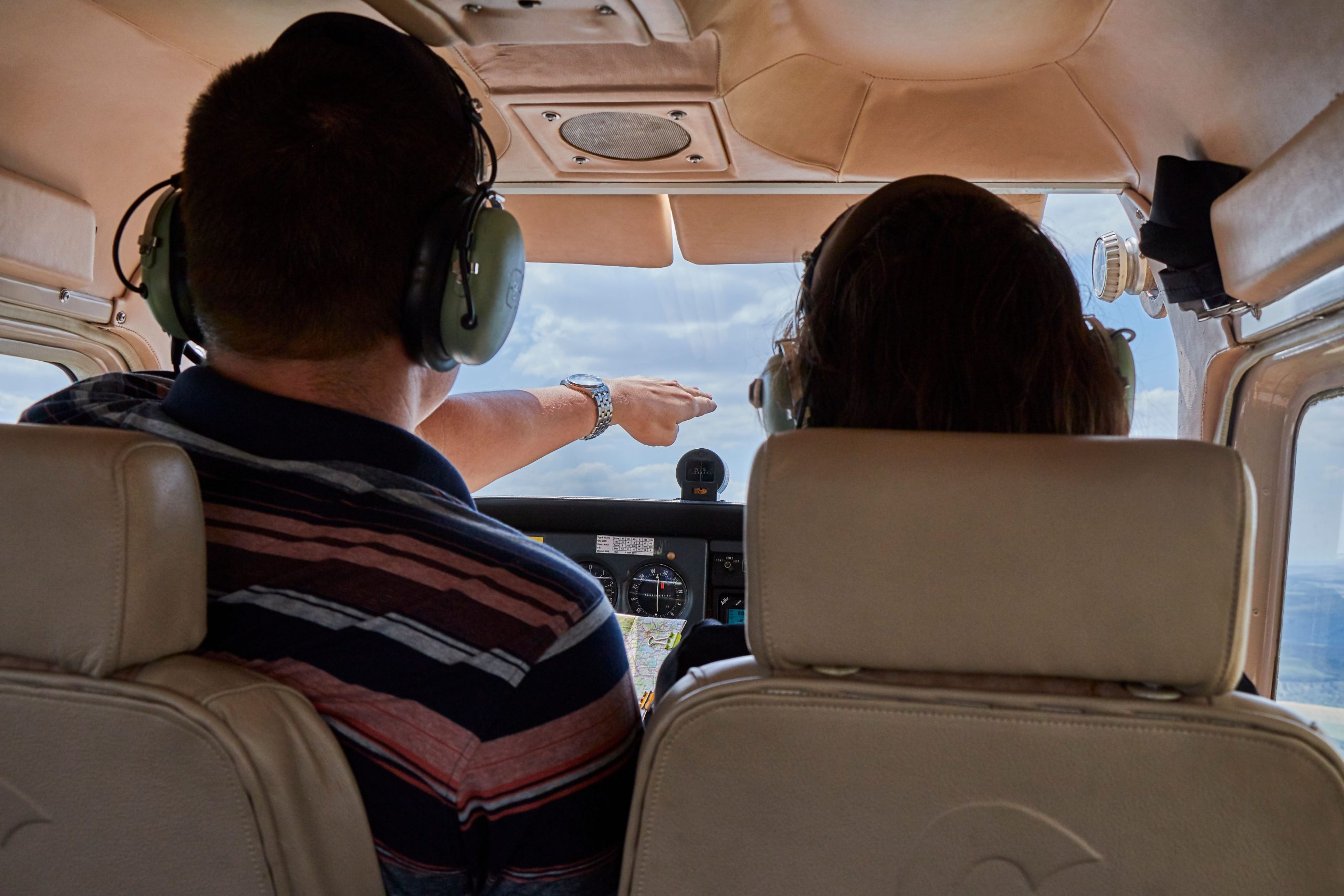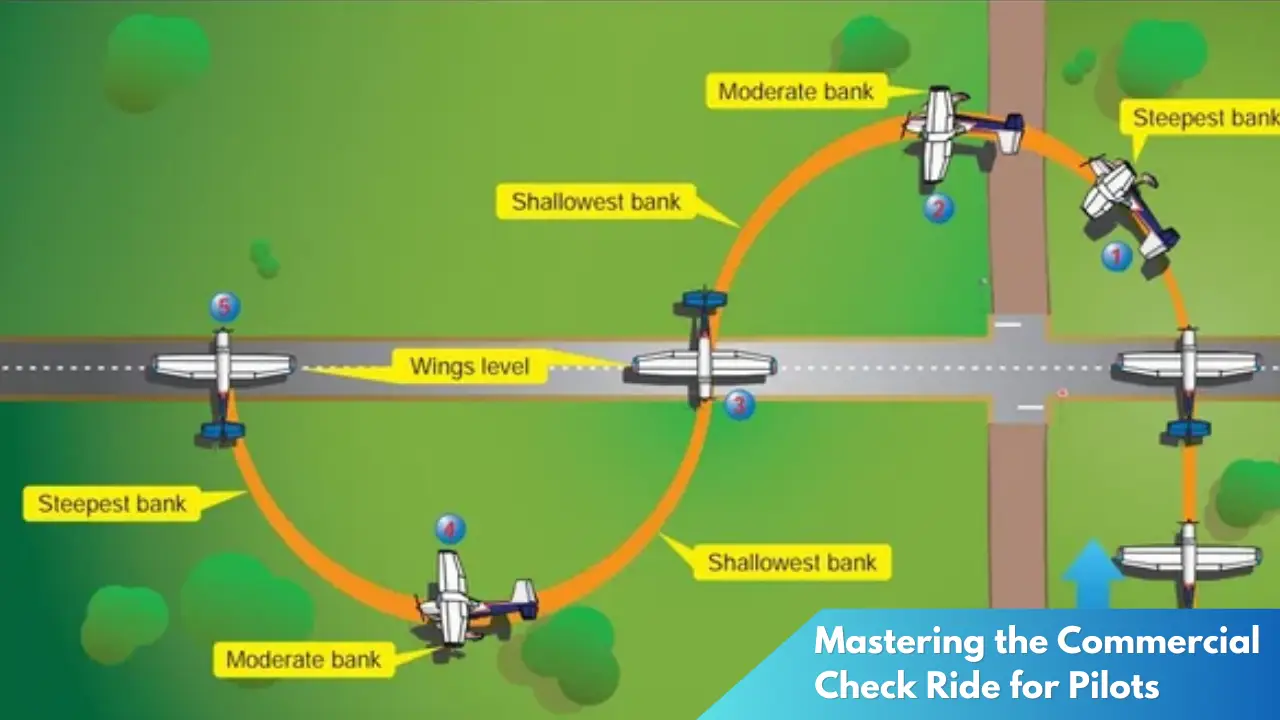Mastering the Commercial Check Ride for Pilots
The commercial check ride is a pivotal assessment for aspiring pilots aiming to advance their aviation careers. This crucial evaluation tests not only technical prowess and aeronautical knowledge but also the decision-making and situational awareness required of a commercial pilot. Mastering this test demands rigorous preparation, a thorough understanding of the expectations, and the ability to perform under pressure. This article provides essential insights into acing the commercial check ride, highlighting key challenges and offering strategies to overcome them.
Essential Tips for Acing the Commercial Check Ride

Preparing for the commercial check ride begins with a deep dive into the Practical Test Standards (PTS) or the Airman Certification Standards (ACS), depending on the regulatory body. These documents outline the specific skills and tasks that the examiner will assess. Familiarity with these standards ensures that candidates are well-versed in every aspect of the test, minimizing surprises on the day of the examination. A thorough understanding of the PTS or ACS allows candidates to tailor their training and practice sessions effectively, focusing on areas that require attention.
Simulating check ride conditions during flight training sessions is another crucial step in preparation. This involves conducting mock check rides with a qualified instructor who can provide valuable feedback on performance and areas for improvement. Practicing under simulated conditions helps build confidence and ensures that candidates are comfortable handling the aircraft, communicating with air traffic control, and managing unexpected situations. Additionally, these practice runs acclimate candidates to the stress and pressure of the actual check ride environment.
Mental preparation is equally important. Stress management techniques such as deep breathing exercises, visualization, and maintaining a positive mindset can help candidates remain calm and focused. It’s also essential to ensure that all documentation, including logbooks, medical certificates, and identification, are organized and readily accessible. On the day of the check ride, a confident approach, borne out of thorough preparation and mental readiness, can significantly enhance performance.
Key Challenges and How to Overcome Them

One of the primary challenges faced during the commercial check ride is managing the transition from executing maneuvers to demonstrating commercial-level decision-making and professionalism. This shift requires candidates to not only focus on precision flying but also to showcase judgment, responsibility, and adherence to regulations. To overcome this hurdle, candidates should practice scenario-based training that emphasizes decision-making skills. By simulating in-flight emergencies and complex flight situations, candidates can develop the ability to make informed decisions quickly and effectively.
Weather conditions can pose another significant challenge during the check ride, affecting both the flight plan and the candidate’s stress levels. Preparing for this involves gaining a comprehensive understanding of weather reports and forecasts, enabling candidates to make informed go/no-go decisions. It’s crucial to stay updated on current and forecasted weather conditions leading up to and on the day of the check ride. Moreover, developing alternative plans and being flexible to adapt to changing situations can help candidates navigate the unpredictability of weather.
Lastly, managing nervousness and pressure during the check ride itself is a challenge that many candidates face. The presence of an examiner and the high stakes can heighten anxiety levels. Overcoming this requires candidates to build confidence through consistent practice and familiarization with the check ride process. Techniques such as visualization of successful maneuvers and maintaining a calm demeanor can help mitigate anxiety. It’s important to approach the check ride with a mindset of demonstrating competencies rather than merely passing a test.
Successfully mastering the commercial check ride is a significant milestone in a pilot’s career, marking the transition to a more advanced level of aeronautical responsibility and skill. By understanding and preparing for the key components of the test, pilots can approach the check ride with confidence and poise. Through rigorous preparation, scenario-based training, and effective stress management, candidates can overcome challenges and showcase their abilities as competent commercial pilots. Ultimately, the commercial check ride is not just a test of technical skills, but a demonstration of the professionalism and decision-making required in the aviation industry.



